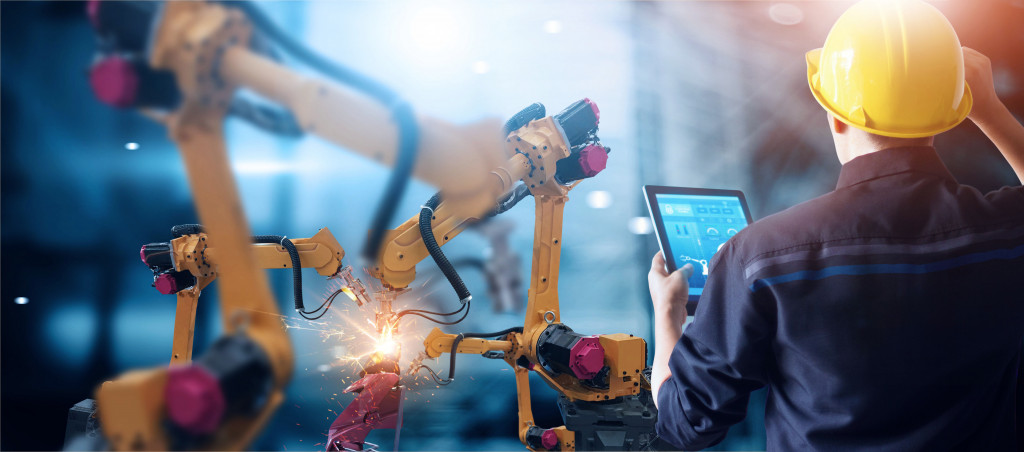Construction workers have one of the most dangerous jobs in the world. Every year, thousands of workers are injured or killed on the job. According to the Bureau of Labor Statistics, construction is one of the most hazardous industries in the United States.
Fortunately, there are several new technologies that are making construction jobs safer and more efficient.
1. Drones
One of the most important safety innovations in recent years is drones. Construction companies can use drones to inspect dangerous or hard-to-reach areas, which can help prevent accidents. Companies can also use them to monitor construction sites for potential hazards.
The drones can also help with the construction process itself. For example, they can be used to deliver materials to hard-to-reach areas or to place objects in difficult-to-reach places. Depending on the size of the drone, they can carry up to 55 pounds (25 kg).
Although drones are not yet widely used in the construction industry, they have great potential to improve safety. From inspecting dangerous areas to monitoring construction sites, drones can help make construction jobs safer.
2. Wearable technologies
Wearable technologies, such as smart glasses and exoskeletons, also improve safety in the construction industry. Construction companies use smart glasses to provide workers with real-time information about their surroundings. Exoskeletons, which are wearable robot suits, can help workers lift heavy objects and avoid injuries.
Some construction companies are also using virtual reality to simulate dangerous situations, so workers can learn how to avoid them. They can use virtual reality safely respond to them.
3. Robotics
Robotics is another area where construction companies are making strides in safety. Companies use it to automate dangerous tasks, such as operating heavy machinery. Instead of putting workers at risk, companies can use robots to do the work.
Robotics can also be used to build prefabricated parts of buildings off-site. This can help reduce the need for workers to be on-site and reduce the risk of accidents.
Additionally, construction equipment manufacturers are using sensors and other technologies to make their products safer. For example, some excavators now have sensors to detect people or animals in the path. Automated scanners are also being used to check the integrity of crucial equipment like wire ropes for rigging, hard hats for workers, and even vehicles themselves.

4. Big data
Construction companies are also using big data to improve safety. By collecting and analyzing data, companies can identify potential risks and take steps to avoid them. For example, if a construction company notices that a specific type of accident is happening more often, they can take measures to prevent it from happening again.
Additionally, companies can use data to create models that predict where accidents are most likely to occur. By knowing where accidents are likely to happen, companies can choose to avoid those areas or take steps to mitigate the risks.
5. AI-enabled safety systems
A lesser-known but potentially game-changing technology is the use of AI-enabled safety systems. Construction companies can use these systems to detect potential hazards and alert workers to them. For example, workers could use a system to detect people or animals in the path of a construction vehicle.
Companies can also use AI-enabled safety systems to monitor construction workers for signs of fatigue or distress. By using sensors to track workers’ vital signs, these systems can identify when workers are at risk of injury.
6. Auto-braking systems
Auto-braking systems are another promising safety technology. These systems can be used to apply brakes when a hazard is detected automatically. From construction vehicles to cranes, auto-braking systems have the potential to prevent a variety of accidents.
This technology is also used in heavy construction equipment, such as cutting machines and forklifts. Alongside sensors and other safety features, auto-braking systems can help make construction jobs safer.
7. Connected workers
Connected workers are another essential part of construction safety. Communication is crucial in construction, and connected workers can help ensure everyone is on the same page.
By using wearable technologies and mobile apps, construction workers can stay connected to each other and the rest of the construction team. This can help prevent miscommunication and accidents. Some connected worker systems can even provide real-time information about a worker’s location, so the rest of the team can be aware of potential hazards.
Construction companies are using various new technologies to improve safety. From drones and wearable technologies to robotics and big data, these innovations make construction jobs safer and more efficient. Companies can avoid potential hazards and protect their workers by using these technologies.
The industry can expect to see even more advances in safety technologies in the future as companies continue to invest in making construction jobs safer.

